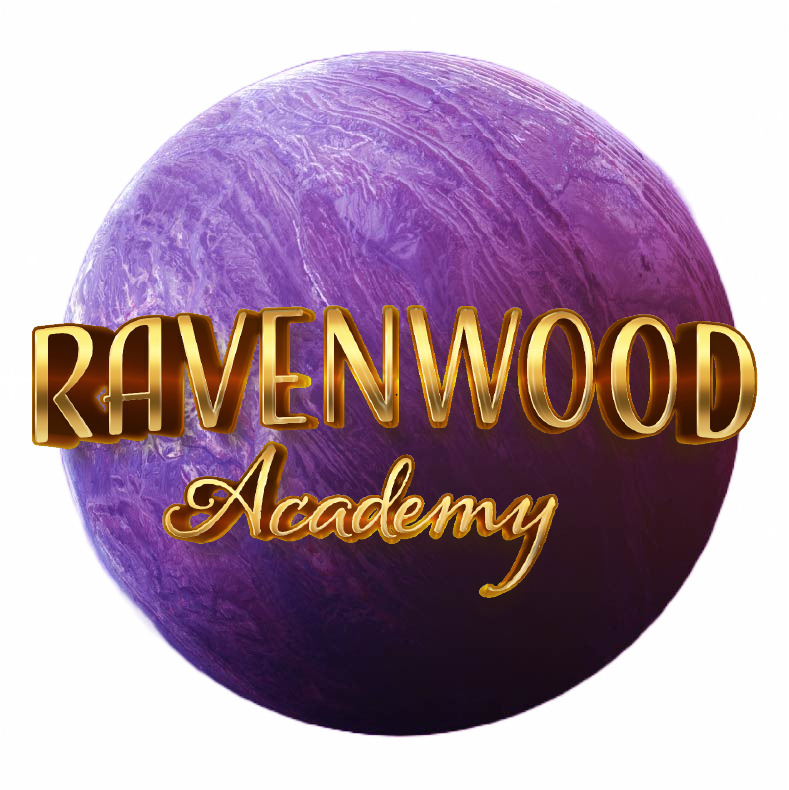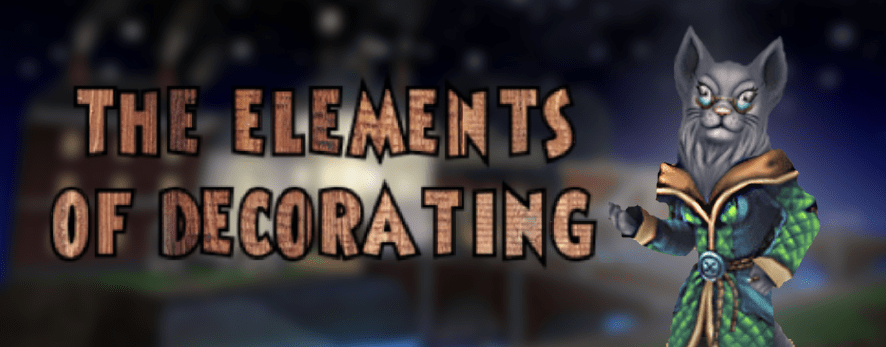
Intended For the Novice Decorator

I have no doubt you’ve been to homes with phenomenal mazes that extend to places in the sky you didn’t think they could reach, or beautiful portal displays of every house in the game. Each portal with an angel plant at elder, dancing elegantly nearby, or player-made homes of building blocks that are realistic in exterior and interior design. They all grab something within us. A kind of magic different than anything else in the game. When we enter those phenomenal homes, we are pulled into their absolute splendor.
Whether it’s to find a housing gauntlet or be inspired by other decorators, we’ve all entered another player’s in-game castle and felt a sense of awe in its aesthetic. As an avid housing decorator, I have won contests and have earned positions on the Top Rated houses leader board. Today, we will delve into the elements of decorating and see how you can apply these skills of craftsmanship to your own interior and exterior decor.
The Elements

Scale
Evaluate the overall size of your decoration in comparison to your character as well as your screen. From creating three-story high towers that can’t fit in your screen, to the smallest flower pot, the element of scale is probably one of the most important considerations.
Depth
Similar to “Space,” we need to think about angles and balance between the items. We cannot be decorating too flat, but we also need to decide what should get the most attention with depth. Debatably, this element can also be considered the most important.
Space
Next, we must determine how much space there should be between your items. Where can people walk through? Where should people walk through? At times, I find the best use of space in my home is when I block off areas I simply don’t want to decorate in order to focus on the bigger picture.
Realism
The truthfulness and believability that your decoration style can be accepted as possible in the game. For example, this does not mean you cannot have floating candles, because that can be explained with magic. Therefore, that would be truthful and believable. What this rule suggests, is to justify your room or exterior, and try to think of it from a new perspective. We must justify how believable the design is by looking at it with our visitor’s eyes in mind.

Originality
Does that stunning, beautiful, masterful home you just decorated feel like it’s yours? Of course, incorporating other’s ideas doesn’t hurt, but what does taking that idea add? How do you develop upon the different styles and themes within your castle? Remember, context screams louder than the idea itself.
Texture
Make sure nothing feels too repetitive in your decor. Try to find items that break up your texture and gather attention, or create textures that repeat well together. With repetition, the simpler an idea is, the better. With complexity, it is better for it to stand-alone.

Color
Color is quite powerful. I suggest knowing or learning some color theory. Learn about the emotional impact of colors, what colors represent, what different colored roses represent, which are the primary, secondary, and tertiary colors- the list goes on. Think about how different colors make you feel.
Palette
A palette is a collection of colors that are consistent throughout your design. As this is a video game where we cannot always pick specific colors, we should be lenient with where our shades and tones happen to fall within the overall color family.
Example: Garden of The Albion Enchantress

Honorable mention 2018.
Here is one of the dorm rooms I’ve decorated, entered in Paige Moonshade’s Ninth annual best little Wizard City dorm contest. Let’s go through each of the various elements to see how we employ them in this example.
The scale might be one of the first things you notice. Several well-placed items make the room feel more grandiose because of their stature. The objects barely fit into the frame. Next, let’s see the depth. We create depth through the garden between the archways. Very diorama-like, it sits with us having to peer in, with each one of us taking a different perspective. This technique is used in Mooshu, with there being a fence next to the sidewalk and bamboo plants spread out between the wall of bamboo.

By examining this space, we see it is very tight, crammed, and in-your-face, especially when viewing it from an in-game perspective. Standing there, You are filled with a view 360 degrees around you of items. You can barely find your way out, and it’s not the door you think it may be. It is overgrown and wild, the feeling, like an enchanted garden that belongs to an evil queen.
We may find ourselves questioning the truthfulness of this design. Would an overgrown, enchanted garden of a witch looks like this? I believe it would be. It was very W.I.T.C.H. inspired, after I had binge-watched the short running television series for the second time, and I wanted to incorporate its dark and contrasting magical vibe into my own decor (notice how that also covered the color section too? These elements can correlate to each other in intriguing ways!).

Selfie!
Some of the ways I break up the texture of items in my design is by using wall lamps to pretend to hang them on pillars and wall-like items. In a similar fashion, the bright mushroom breaks apart the dark violet texture, while still being within the color scheme established. In our palette, we see bright greens, dark violets, vibrant and dark reds, and light blues. These are consistent and rarely fall out of line.


As decorators, we strive to create new worlds within our own homes or give homage to the ones we have quested in, and bring it to life. Each Wizard is given one dorm in Ravenwood and I hope this helps you make the best of it and the other castles that you own. Thank you, Starlights


